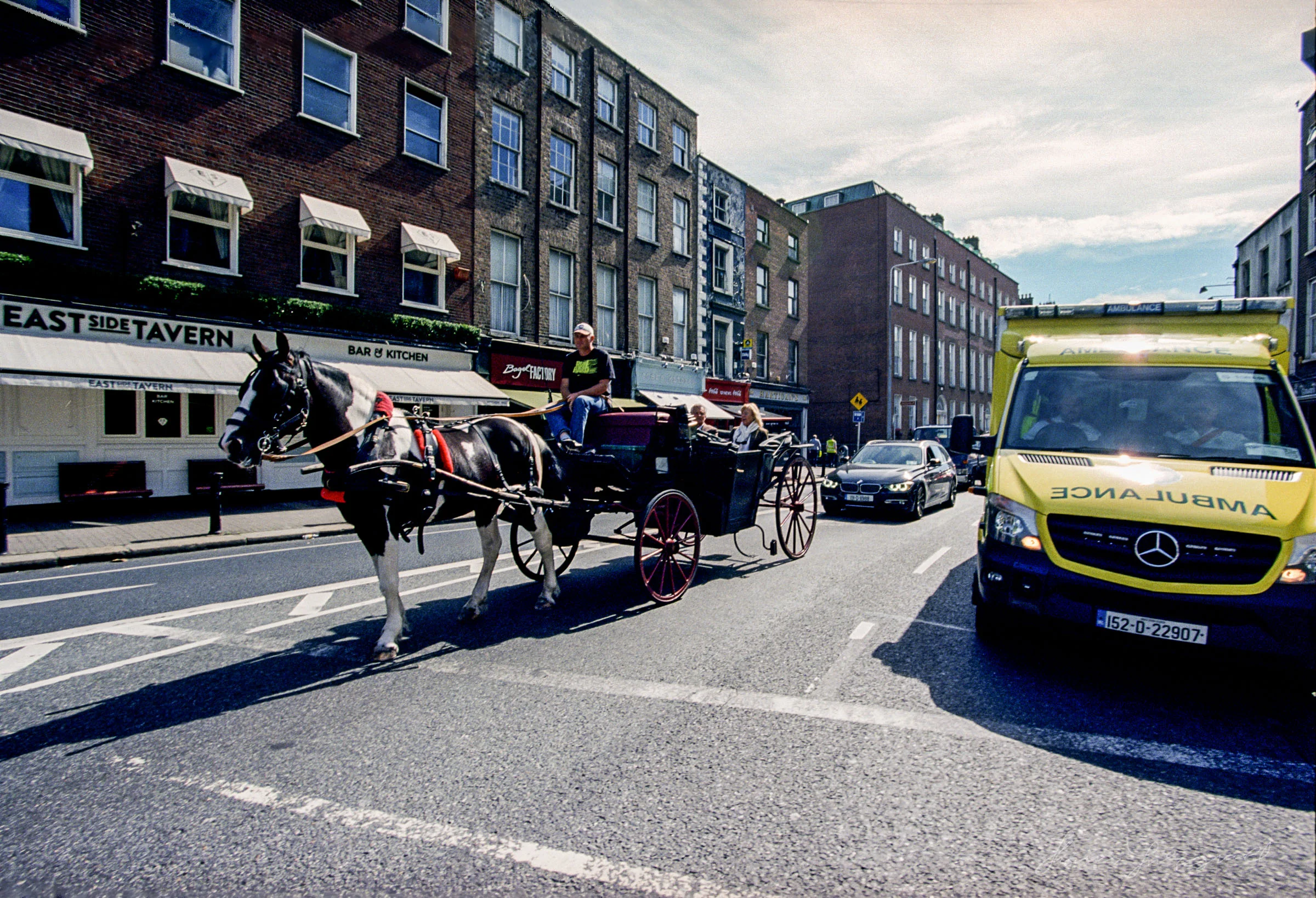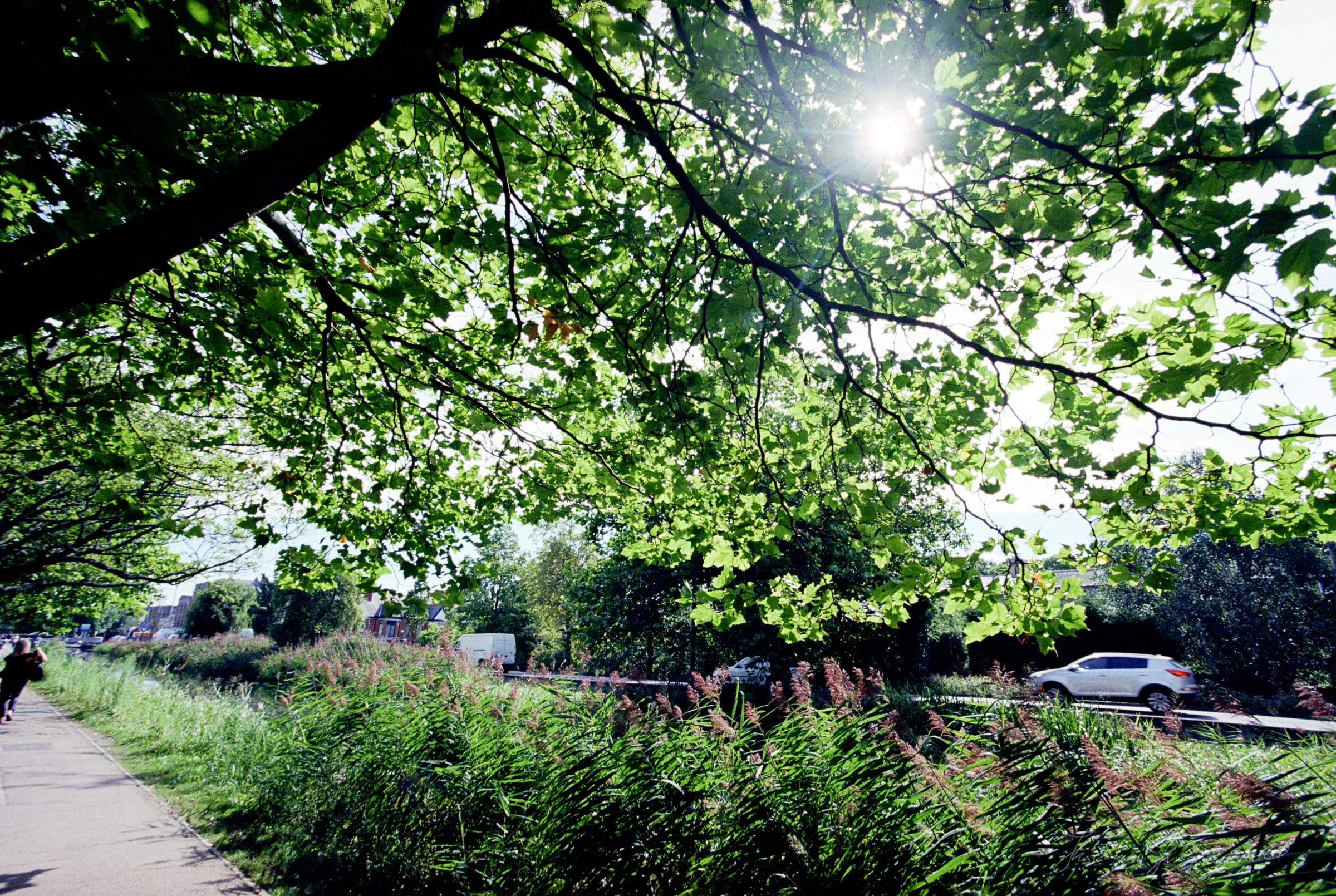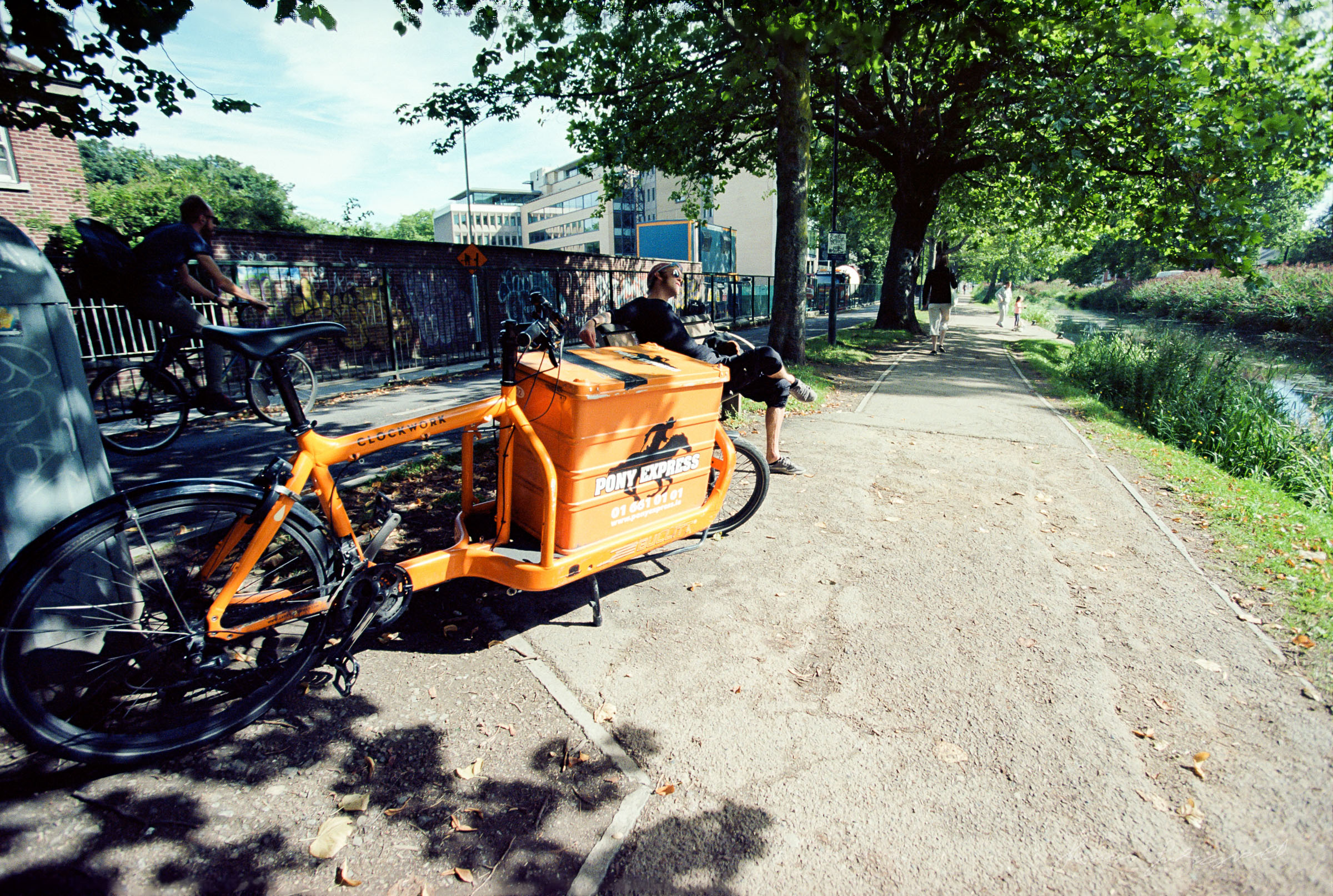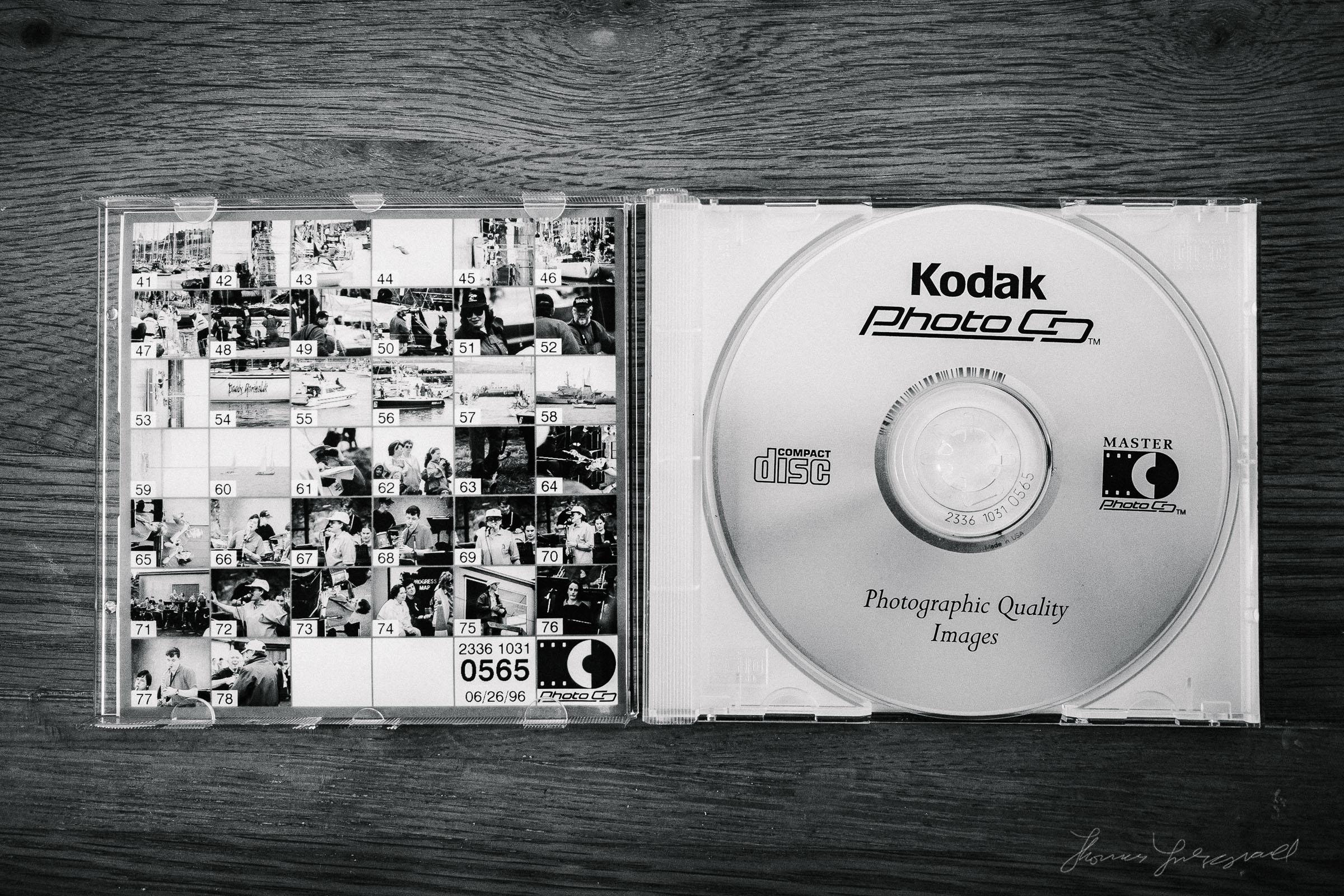Shooting Kodak Ektar
In my recent rediscovery of film shooting, I decided to try out a roll of Kodak Ektar 100. I've never shot with this film before, but it gets a lot of good reviews online, and having used and scanned a roll, I can say that they're not unfounded. I headed out on a sunny(ish) autumn day in Dublin and took some shots around the city using my trusty Eos 5 with a 17-40 f4/l lens.
I have changed my workflow a bit since my last film post. I had been getting the lab to scan the images when getting them processed. I would then re-scan the ones that I wanted to keep on my own film scanner. The reason that I was having the lab scan them is that my scanner is pretty slow, and I really wanted a quick way to evaluate them. It then occurred to me that I could just scan them myself at a lower resolution. This would be much faster, and cheaper. It turns out that the quality is better too.
My scanner's native resolution is 4000 dpi but you can scan at 2000dpi too, and it is much quicker. The quality is also much better than what I would get off a lab scan. It also saves me about €10 a roll, which adds up after a while. Anyway, I scanned the whole roll of 36 at 2000dpi which gave me a file at about 2800pixels on the longest side. I then imported these files into Lightroom for some tweaking and cataloging. The scans are actually fine for web use, and especially for posting to social media. I've been sharing them a lot on Instagram, and they seem to be popular.
The film itself is very interesting. It has a very fine grain as advertised. It also has some nice subtle colours. Greens have an especially nice hue to them. I shot everything without under or overexposing (deliberately anyway) and for the most part they look fine. I'm slowly getting the hang of guessing the correct exposure compensation based on the scene. It's not actually that hard. I used to be pretty good at it, but as I hadn't shot a lot of film until recently, it's only just starting to come back to me. Overall, I'm really happy with the results. It's probably the cleanest negative film I've shot with recently, and I'll definitely shoot more. The only real downside to it is that it's pretty expensive at €11 a roll.
With a little noise reduction and sharpening in Lightroom, the results are very clean and hold up quite well. My scanner is pretty old, so it's a bit of a limiting factor at the moment. I hope to get a new one at some point in the near future, although your choices are somewhat limited now.
My next film experiment is a roll of Provia which I've left in to get processed. Slide film is expensive here in Ireland and it takes a while to get back. I used to love shooting on slide film, but the cost now is very prohibitive. Pro via is about €12 and it's another €20 or so to get it processed, meaning it's nearly €1 a shot. I know that may not seem like much to some people but it adds up fast. Anyway, it will be interesting to see the results as I haven't shot slide film in a while. Slide film is much more sensitive to nailing the exposure so we'll see if my guesses on the right compensation were correct.
I should have the results back later this week, and I'll post them sometime next week. As A fun comparison I shot some of the same shots on my X-Pro 2 using the Provia simulation too, just to compare real Provia vs simulated Provia.
Help Support the Blog
All of the work I do here, and the information on this blog is done entirely free of charge and takes up quite a bit of work. I want to spend more and more time on this blog, and offer more and more of this kind of information, tips and so on, so If you like what I'm doing here and want to show support, then you can do so by buying something from my Digital Download Store. I have Lightroom Presets, and e-books all available for download.
If you're a Fuji X-Trans shooter and Lightroom user, check out my guide to post processing X-Trans files in Lightroom. I also have a guides for processing X-Trans files in Capture One and Iridient Developer.
If you want to get regular updates, and notices of occasional special offers, and discounts from my store, then please sign up for the Newsletter.




























